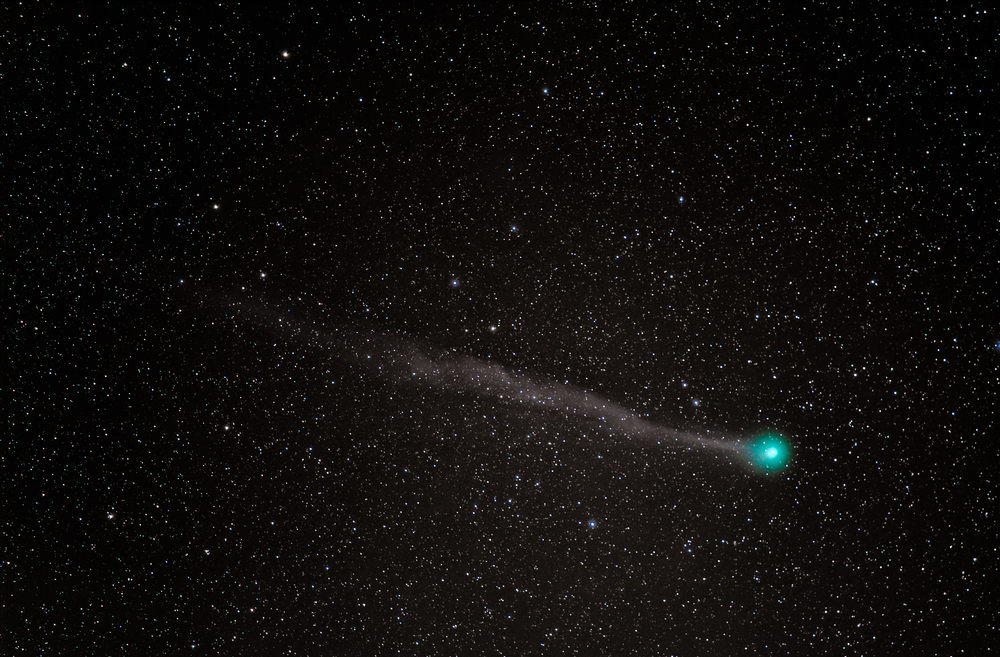Last visible during the last Stone Age, Comet ZTF is speeding its way over the Netherlands these days, so you may want to keep your eyes peeled! 💫
Dubbed the “green comet” due to its vibrant blue-green glow, comet C/2022 E3 (ZTF) will be visible over the next few days, reports RTL Nieuws.
How to see the comet
Despite it speeding overhead in the great expanse of space, you needn’t be in a NASA observatory to see our big green wanderer.
According to amateur astronomer Floris-Jan van der Meulen, a pair of trusty binoculars is enough to catch a glimpse of the comet if you don’t have access to a telescope.
NASA’s skywatching tips add that viewers in the Northern hemisphere will be more likely to spot the comet in the morning sky and that it will be passing closest to the earth on February 2.
If you’re expecting it to be the big and bright spectacle that Comet NEOWISE was, the space authority warns that you may be disappointed.
Unfortunately, the weather is expected to be too cloudy for ideal sky-gazing this week, with a powerful full moon. Buienrader meteorologist William Huizinga suggested February 11, instead.
It’s a once-in-a-lifetime opportunity
Missed checking out our rare visitor? We’re sorry, but you’ll need to wait 50,000 years for your next shot!
This is due to the comet’s elongated oval orbit around the sun, says astronomer Lucas Ellerbroek.
This trajectory takes it far beyond the earth’s orbit into the Oort Cloud, which is believed to be a cloud of icy objects in the most distant region of our solar system.
But… why is it green?
The green glow actually comes from the comet’s gas trail, which contains cyanogen, says van der Meulen.
A colourless, toxic gas, cyanogen burns blue-green when stimulated by the sun’s ultraviolet light.
Will you be keeping your eyes peeled for Comet ZTF? Tell us all about it in the comments below!



